From Barcelona Sants station, it is only a 40-minute train ride to Vilanova i la Geltrú, an attractive coastal city in which the the Museu del Ferrocarril de Catalunya (Museum of the Catalan Railways) can be found. This is a short guide on how to get there, and how to make your most of a visit to the museum, which is a must for anyone with an interest in railway history, or with children who are rail enthusiasts!
Table of Contents
Getting to and from the Museum
From Barcelona Sants, take the R2 service to Vilanova i la Geltrú. The service normally departs from platforms 9 and 10 around every 10-15 minutes throughout the day. This fare is not included in zone 1 of the integrated fare system, so if you already have a ticket covering zone 1, you will need to buy a separate fare (€8.20 return at the time of writing).
The train journey itself is an enjoyable addition to the trip. First you will travel through the suburban Llobregat region, then on through agricultural plains to join the coast at Castelldefels Platja. From here the railway line weaves in and out of tunnels to reveal stunning views of the area’s rocky coastline. Once you have arrived at the railway station, turn right out of the main entrance and you will see the museum building ahead. The museum houses one of the most extensive and important steam engine collections in Europe, so if trains are your thing, you won’t be disappointed. If you are visiting with young children, they will be enchanted with the welcome area, comprising many train-themed toys, games and activities, as well as a virtual theatre and miniature railway whose trains operate every half hour. Adult visitors should take time to watch the audiovisual show ‘Railways, Yesterday and Today’ which is available in English, and will provide a historical context for the visit.
A tour of the museum
Leave the welcome area and pass by three large water tanks which were in operation in the heyday of Catalan steam transport. Next stop on your tour should be the Roundhouse with its many steam engines on display, some of which you can enter to experience what a journey on board one of the carriages might have been like. Kids will love climbing up into the cabins and exploring the levers, valves and fireboxes of the engines – but be careful on the stairs!
Outside the Roundhouse you can find more steam engines, including an example of a Santa Fe, which was one of the largest and most powerful steam locomotives in Western Europe during the time it was in use (up until 1969). As you move around the display, you will see more modern trains, including several examples of Talgo locomotives and carriages. One of these is open to visitors, and decorated in the style of a luxury service from the 1950s. Stepping inside is like taking a trip into the past, and children are sure to love taking a seat aboard this comfortable and luxurious train. There is also a Talgo workshop if you wish to know more about this particular type of train.
There is a space for temporary exhibitions outside the train workshop, and a play-area for the kids to let off some steam. If you are looking for refreshments, there are vending machines available, or a café in the station just across the road. Alternatively, you can visit the town of Vilanova itself which has many restaurants, bars and cafes and a pleasant marina. However you decide to end your trip, you can be sure of a memorable day out at the Museu del Ferrocarril de Catalunya.









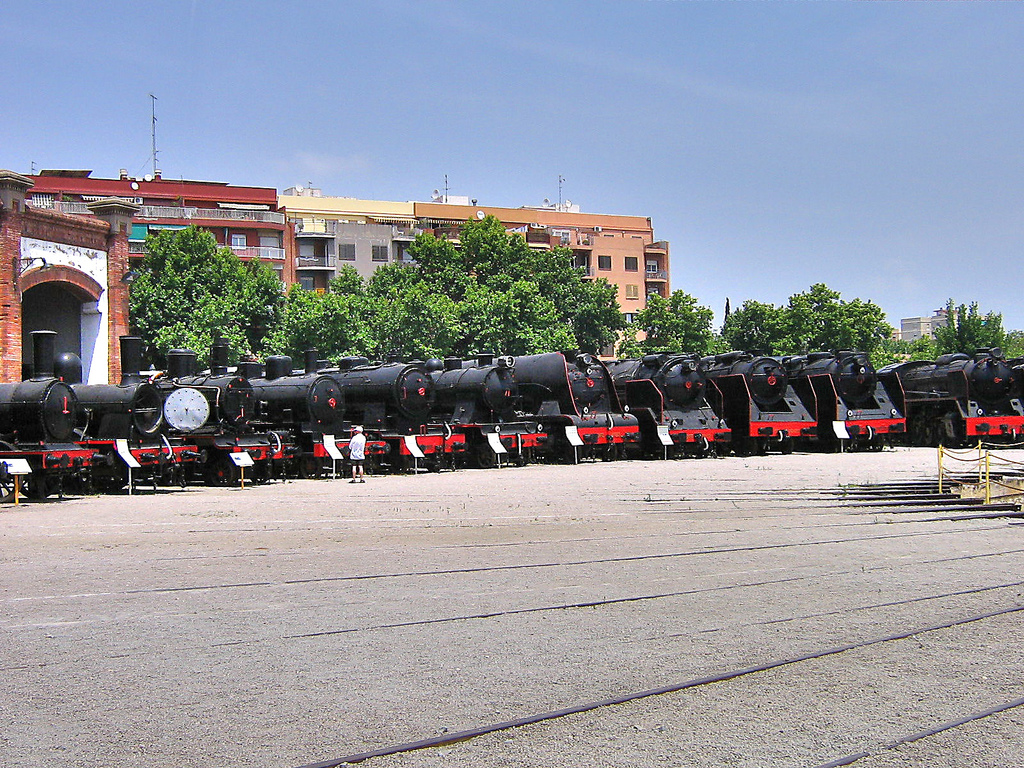
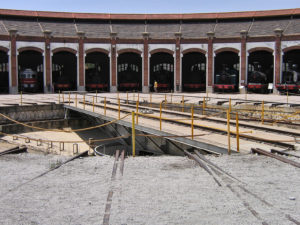
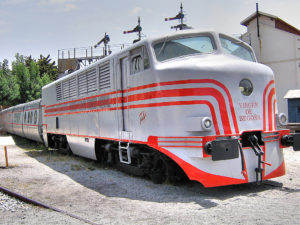
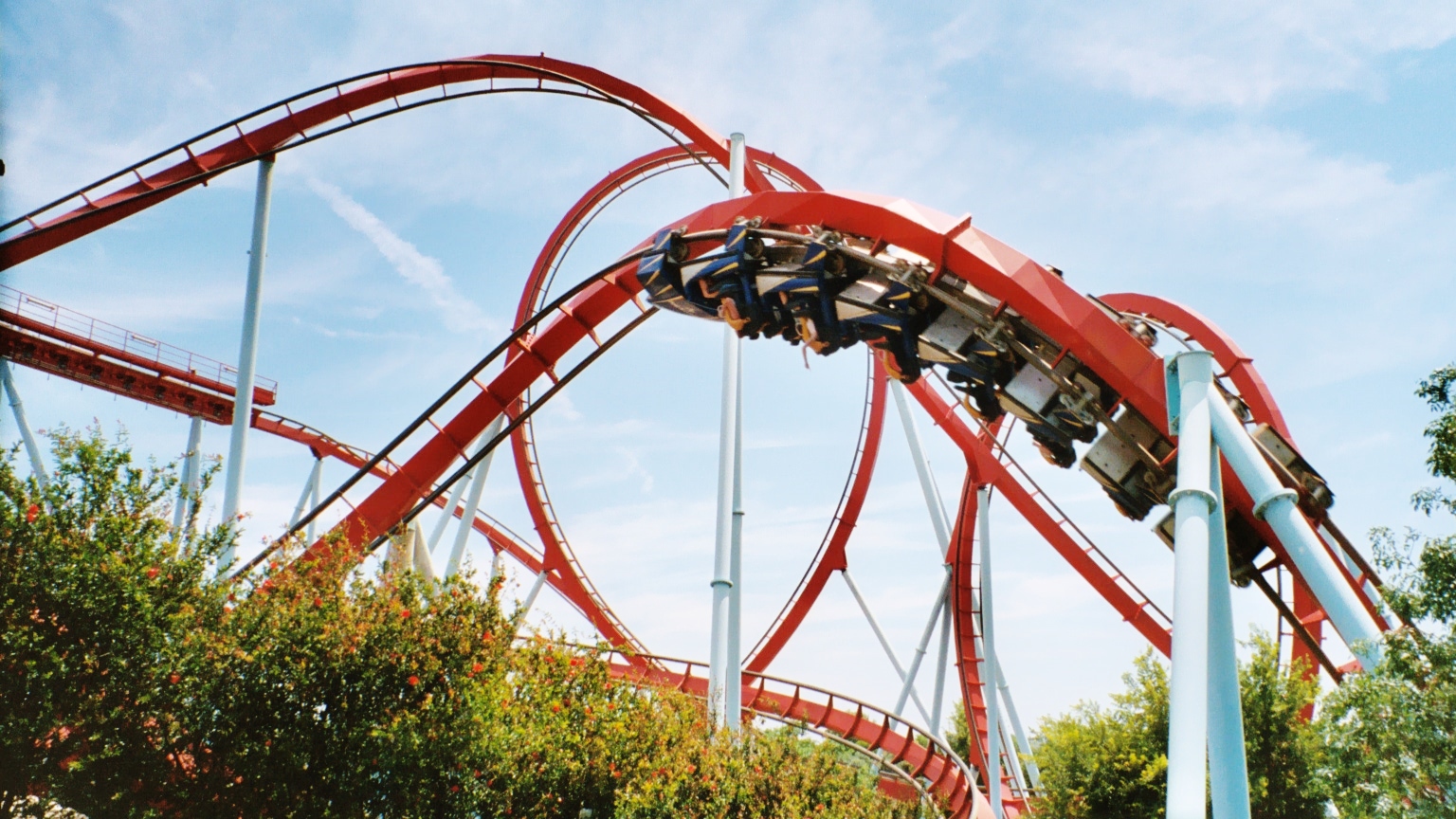

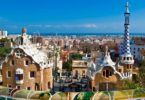

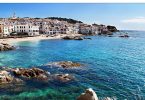
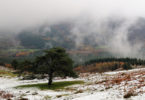

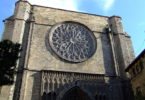
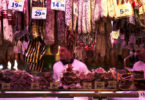


Leave a Comment